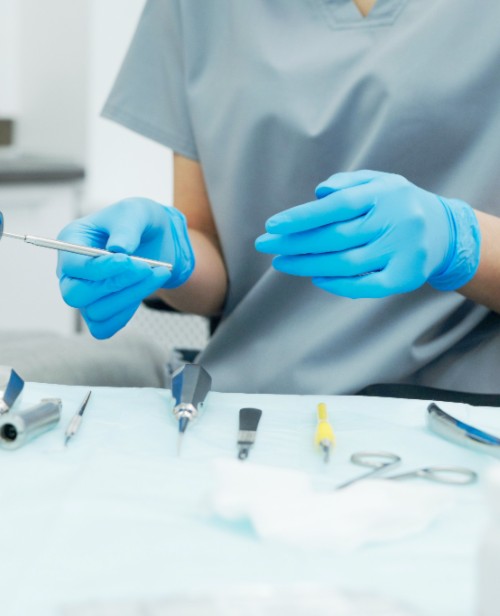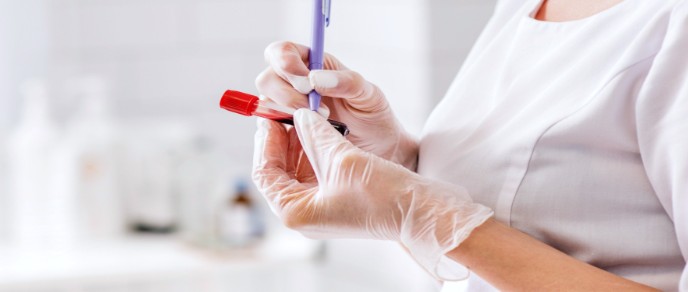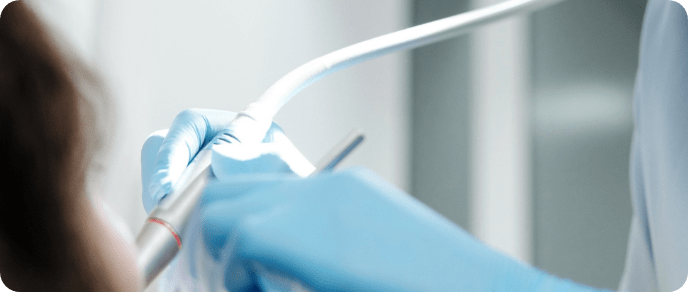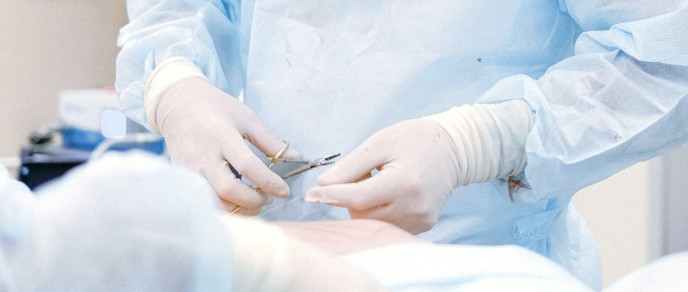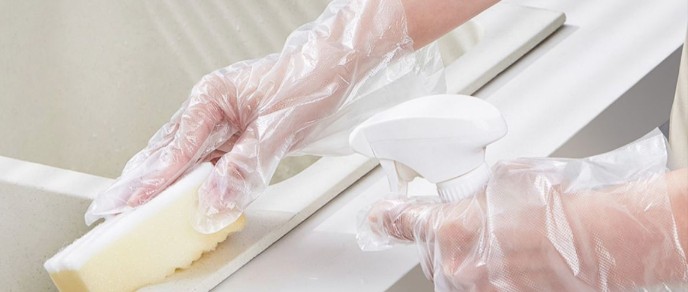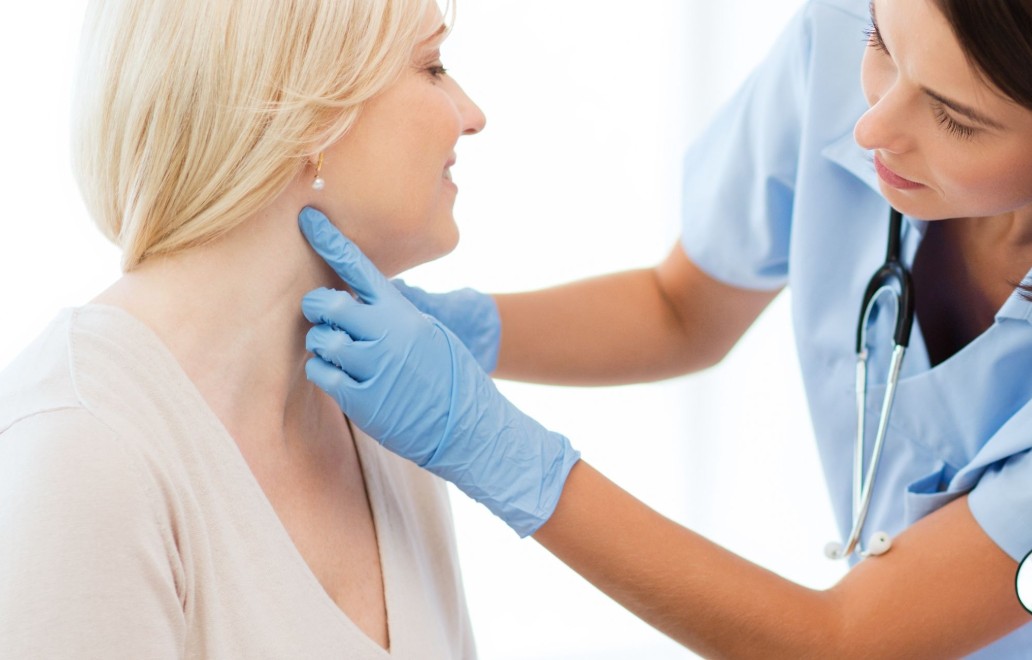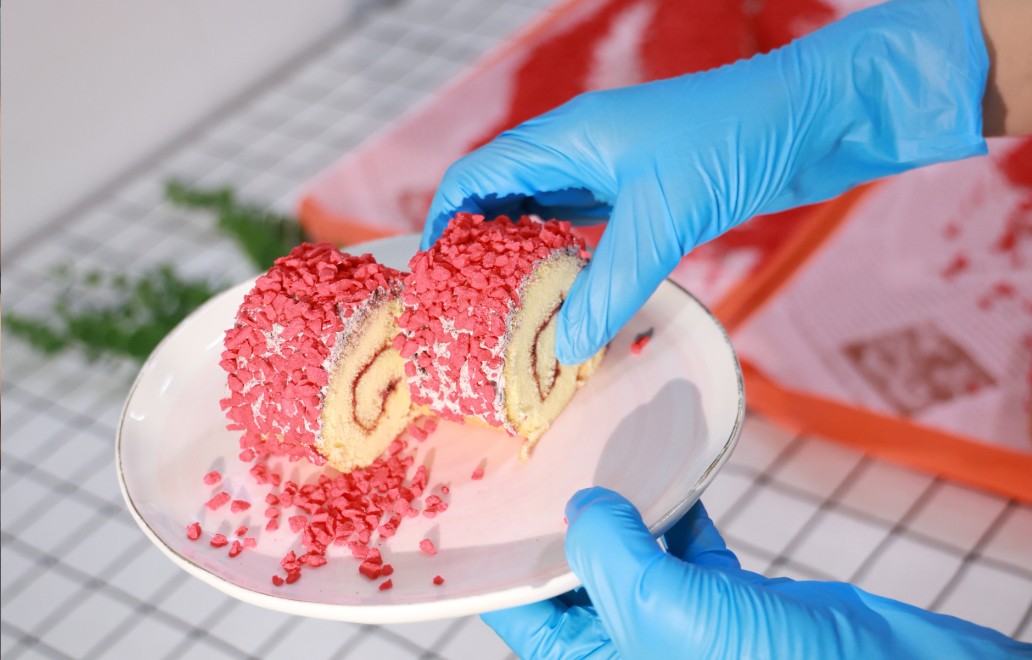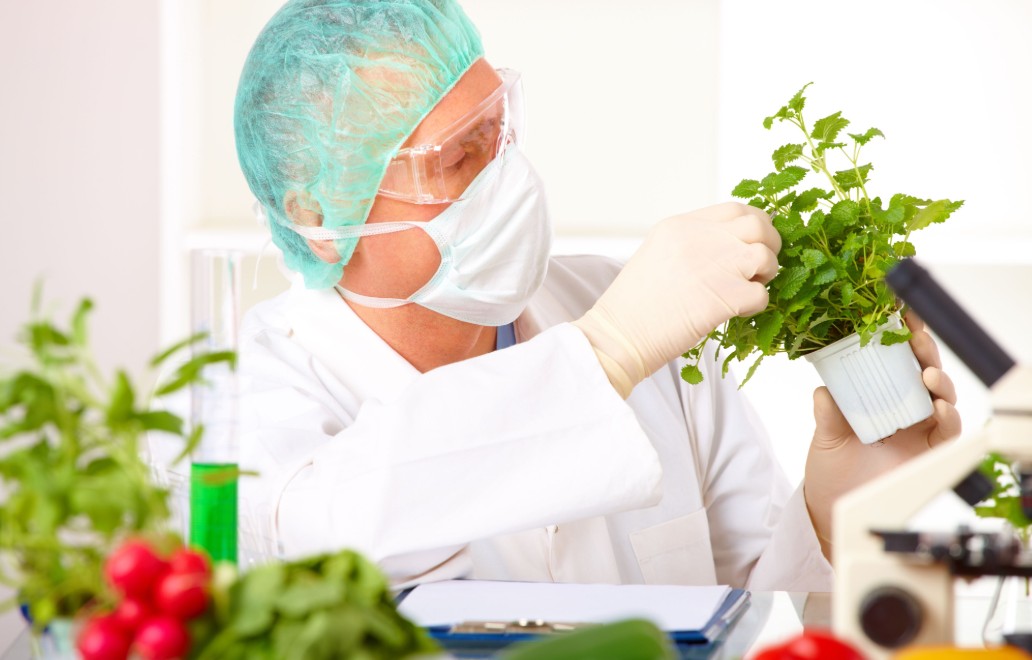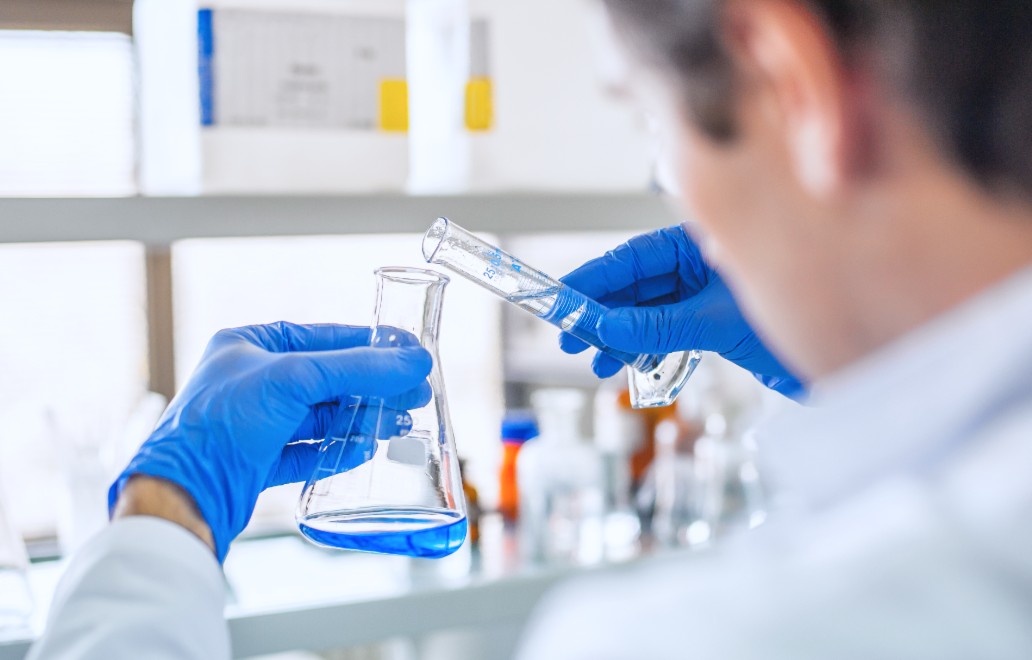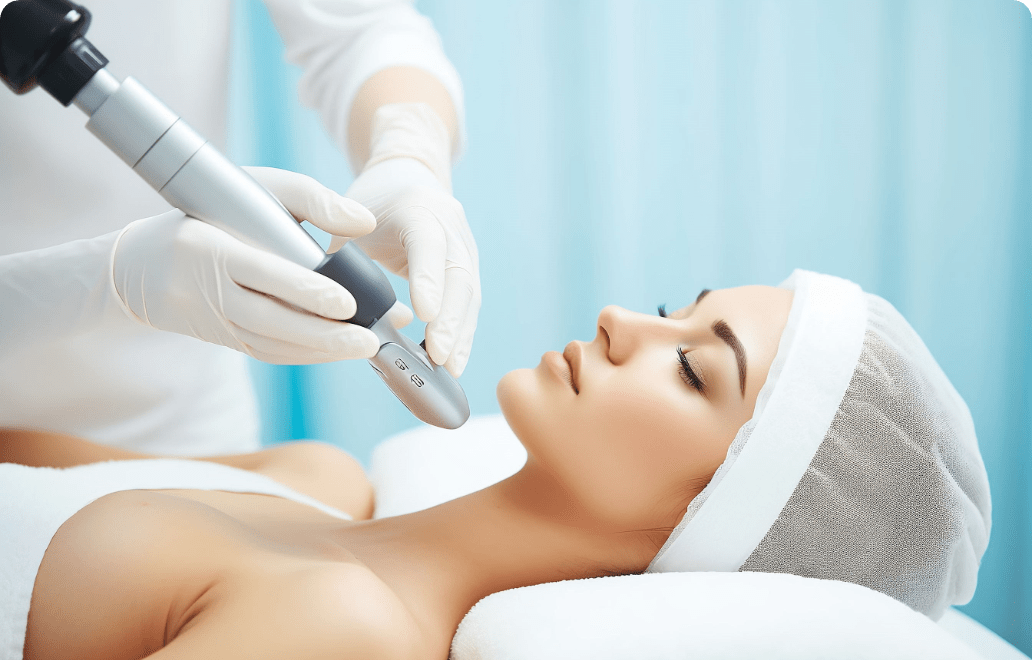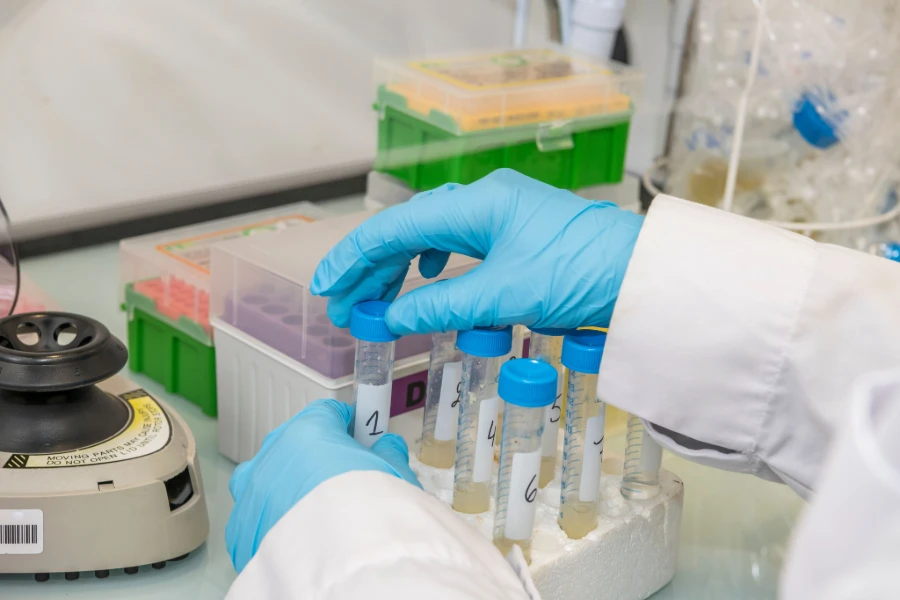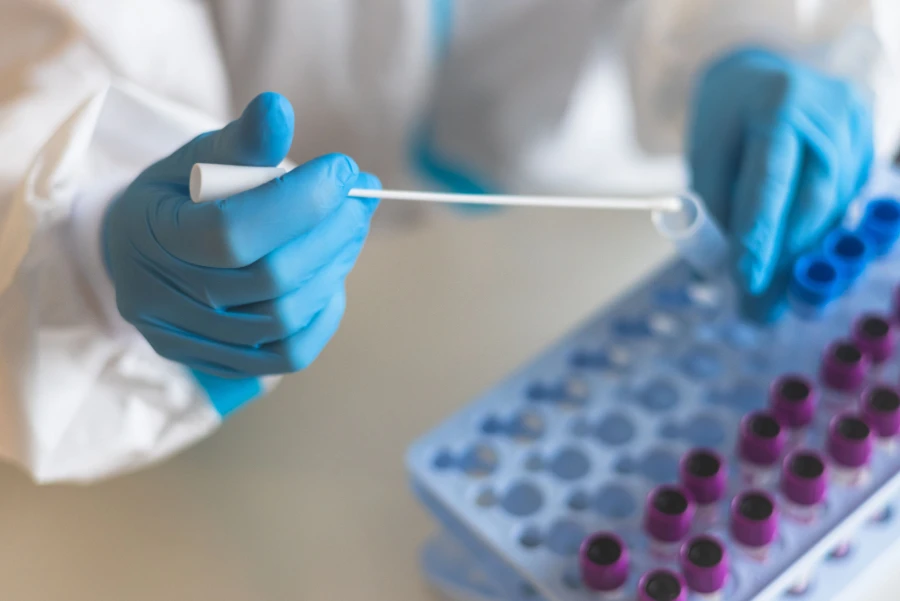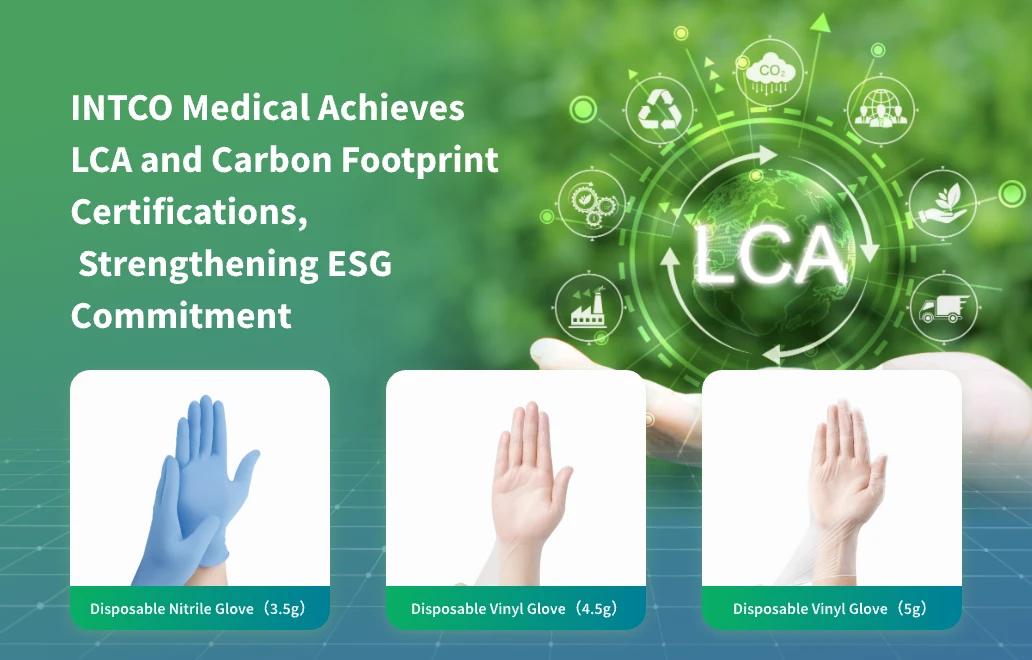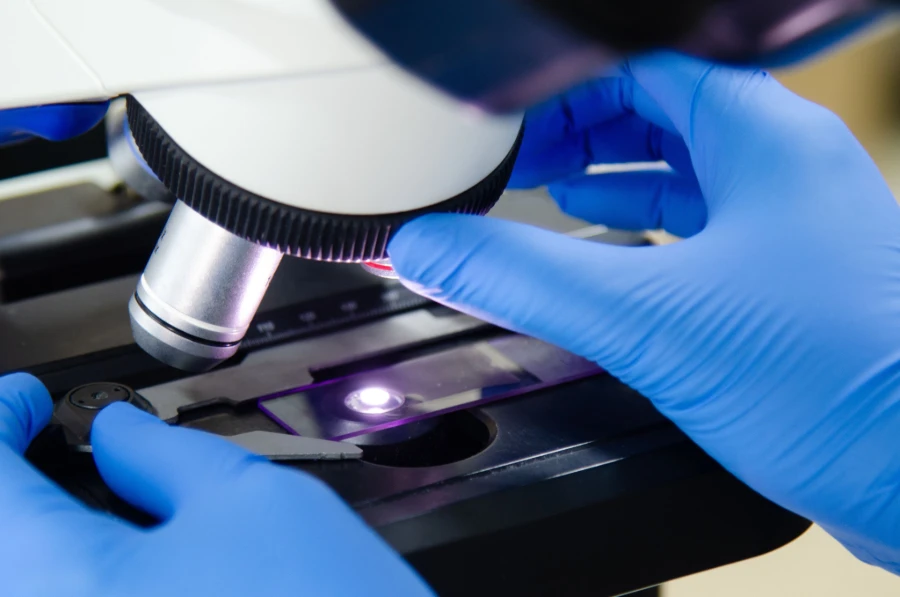Glove products
Chikungunya Virus Outbreaks: How Disposable Medical Gloves Provide Critical Protection
Understanding Chikungunya Transmission and Impact
Chikungunya virus (CHIKV) is a mosquito-borne disease that has emerged as a significant global health threat, causing debilitating symptoms and widespread outbreaks. Transmitted primarily by Aedes aegypti and Aedes albopictus mosquitoes, this virus leads to severe joint pain, fever, and rash, with symptoms often mimicking dengue or Zika, making misdiagnosis common. First identified in Tanzania in 1952, chikungunya has since spread to over 110 countries across Asia, Africa, Europe, and the Americas. The virus’s ability to adapt and infect immunologically naïve populations has fueled frequent outbreaks, particularly in regions with established mosquito vectors. According to the World Health Organisation, chikungunya transmission occurs when an infected mosquito bites a human, introducing the virus into the bloodstream where it replicates rapidly. This cycle perpetuates through subsequent mosquito bites, highlighting the urgent need for effective prevention strategies in both community and healthcare settings.
Recognising Symptoms and Diagnostic Challenges
The symptoms of chikungunya typically appear 4–8 days after infection, featuring an abrupt onset of fever and severe joint pain that can last for months or even years. Other common signs include joint swelling, muscle pain, headache, nausea, fatigue, and rash. While most patients recover fully, severe complications—such as neurological or cardiac issues—can occur in vulnerable groups like newborns or the elderly. Diagnosis relies on blood tests, such as reverse transcriptase–polymerase chain reaction (RT-PCR), within the first week of illness, or antibody tests thereafter. However, no specific antiviral treatment exists; management focuses on alleviating symptoms with antipyretics and analgesics like paracetamol. Vaccines have received regulatory approvals in some countries, but they remain inaccessible for widespread use, underscoring the critical role of preventive measures in curbing transmission. As the WHO emphasises, avoiding mosquito bites is the primary defence, but in medical environments, additional barriers like disposable medical gloves are essential to protect workers and patients from exposure.
Prevention Strategies: Barrier Protection in Healthcare
Prevention and control of chikungunya extend beyond mosquito management to include robust personal protective equipment (PPE) in clinical contexts. During outbreaks, healthcare workers face heightened risks when handling patients, collecting samples, or cleaning contaminated areas. Here, disposable medical gloves serve as a frontline shield, providing a high-level barrier against pathogens. These medical-grade gloves are designed to prevent direct contact with infected bodily fluids or surfaces, reducing the likelihood of viral transmission. For instance, in emergency medical services or dental procedures, proper glove use can minimise cross-contamination, especially when combined with other WHO-recommended practices like insecticide-treated nets and repellents.
The effectiveness of protective gear hinges on compliance with international safety standards, such as ASTM and EN certifications, which ensure resistance to microorganisms and viruses. As highlighted in regulatory guidelines, exam gloves must offer high tactile sensitivity and durability to maintain protection during prolonged use. This is particularly vital in resource-limited settings where chikungunya outbreaks strain healthcare systems, making reliable PPE a cornerstone of outbreak response.
Global Standards and Medical Glove Technologies
The global fight against chikungunya involves integrated strategies, from mosquito control to community mobilisation, but the role of disposable medical gloves in infection control protocols cannot be overstated. WHO’s Global Arbovirus Initiative supports countries in surveillance and outbreak management, advocating for barrier protection tools to enhance safety in clinical settings. These gloves come in various formulations, including nitrile and vinyl options, each tailored for specific healthcare needs.
Nitrile examination gloves, for example, are latex-free and ideal for sensitive individuals, offering excellent flexibility and grip in high-risk scenarios like handling bodily fluids or patient care. Similarly, vinyl-based alternatives provide cost-effective protection for general use. Standards from regulatory organisations ensure these medical products meet stringent requirements for barrier integrity, as documented in infection control guidelines. In regions experiencing chikungunya resurgence, deploying quality gloves complements broader efforts like environmental clean-ups and public education. Ultimately, consistent use of disposable medical gloves safeguards healthcare personnel while containing outbreaks by breaking transmission chains within facilities.
In the battle against infectious diseases like chikungunya, access to high-quality protective equipment is paramount. INTCO Medical stands as the largest latex-free disposable gloves manufacturer, delivering innovative solutions that support global health resilience.


